
Top 10 Gymnastics Drills to Build Strength and Flexibility at Home
Strength and flexibility are the foundation of any successful gymnast, whether you’re a beginner or an advanced athlete. Developing these two key components can significantly enhance your performance and prevent injury. Luckily, you don’t need a fully equipped gym to build strength and flexibility. With the right drills, you can make progress from the comfort of your home.
This blog will guide you through 10 essential gymnastics drills that not only improve your physical abilities but are also easy to perform in your own space. These drills will help you target crucial muscle groups and mobility that directly impact gymnastics performance.
1. Handstands Against the Wall
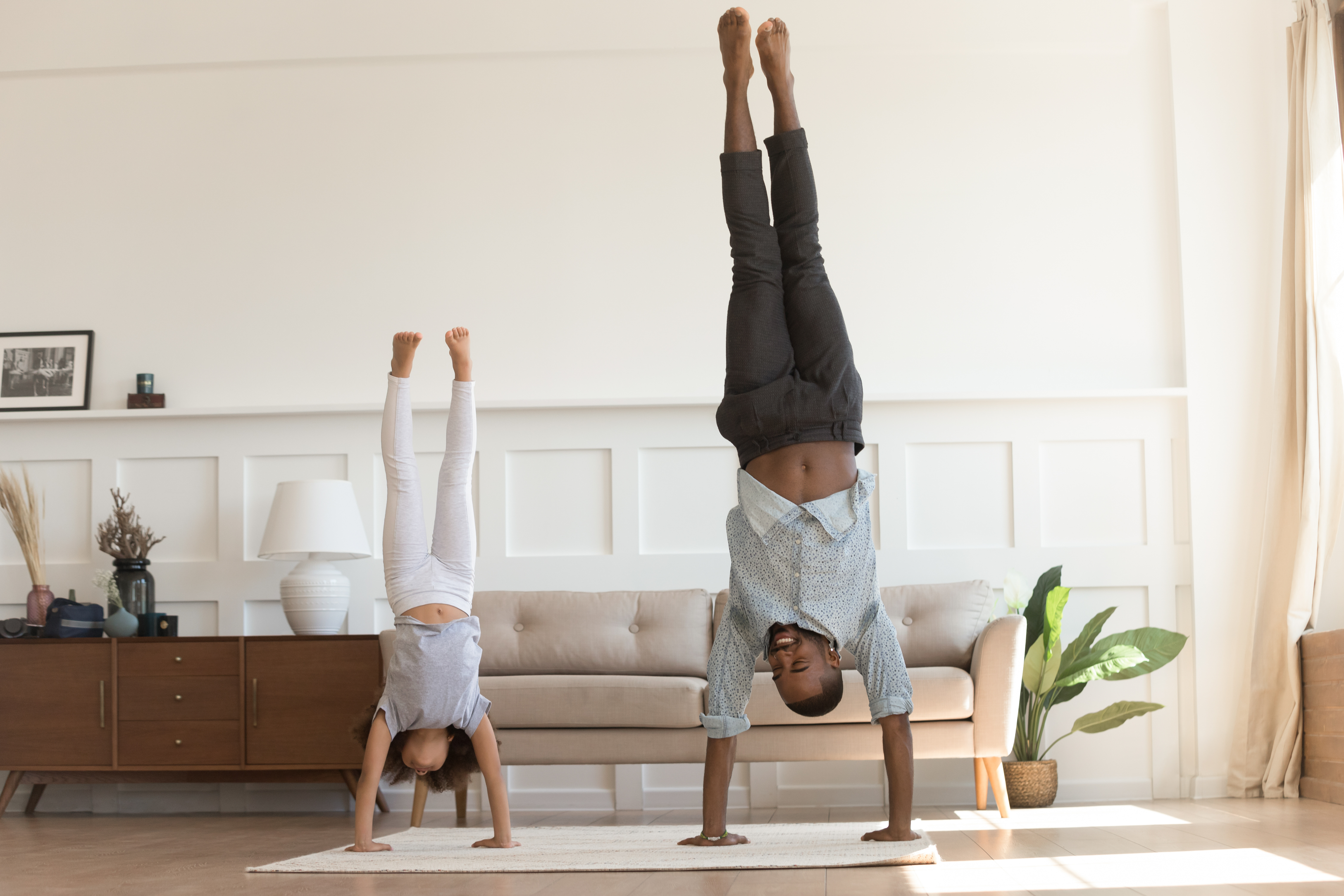
Handstands are fundamental in gymnastics, building upper body strength and improving balance. Practicing against the wall helps beginners focus on alignment and shoulder engagement without worrying about falling. This drill also strengthens the core and enhances body control. For added safety and comfort, practicing on a Folding Mat (4x8) provides a soft surface to protect your wrists and shoulders while you perfect your technique.
Benefits:
Strengthens arms, shoulders, and upper back
Improves balance and body awareness
Builds core stability
How to Perform a Handstand Against the Wall:
Stand a few feet away from a wall and place your hands shoulder-width apart on the ground.
Kick one leg up, using the wall to support your feet.
Keep your core tight and shoulders engaged, ensuring your body forms a straight line.
Hold this position for as long as you can, gradually increasing the time.
Modifications for Beginners:
Start with your feet on a higher surface (like a couch or bench) and work toward getting your feet up the wall.
2. Bridges for Back Flexibility
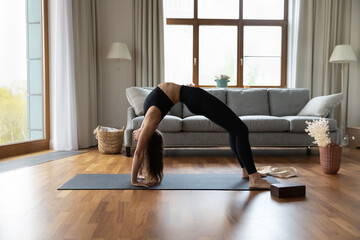
Bridges are excellent for increasing back flexibility, a critical aspect of many gymnastics skills. This drill helps open up the shoulders and stretch the spine, improving your range of motion for skills like back walkovers or back handsprings. To protect your back during deep stretches, it’s beneficial to perform bridges on a Folding Mat (4x6). The cushioning provides support while allowing you to push your flexibility safely.
Benefits:
Improves back flexibility and strength
Enhances shoulder mobility
Strengthens glutes and hamstrings
How to Perform a Bridge:
Lie on your back with your knees bent and feet flat on the floor.
Place your hands on the floor near your head with fingers pointing toward your shoulders.
Press into your hands and feet, lifting your hips and chest toward the ceiling.
Hold the bridge position, focusing on keeping your arms straight and chest open.
How to Progress:
Start with smaller bridges if full bridges are difficult, and gradually increase how far you push up. You can also practice pushing up into a bridge from standing.
3. V-Ups for Core Strength
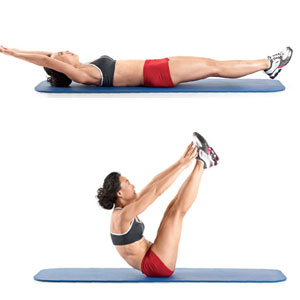
A strong core is essential for nearly all gymnastics movements. V-Ups are a dynamic exercise that targets both the upper and lower abs, improving strength and control. This drill engages your entire core as you raise your legs and torso simultaneously. Doing this on a Personal Folding Mat ensures your lower back stays supported during the movement, which helps prevent strain and keeps your form in check.
Benefits:
Strengthens the core muscles
Improves coordination between upper and lower body
Builds endurance for longer routines
How to Perform V-Ups:
Start by lying flat on your back with your arms extended overhead and your legs straight.
In one smooth motion, lift both your legs and upper body to form a "V" shape, reaching your hands toward your toes.
Lower yourself back down slowly and repeat for 10-15 reps.
Common Mistakes to Avoid:
Don't allow your back to arch off the floor when lowering down.
Keep your movements controlled to maximize core engagement.
4. Pike Stretch for Hamstring Flexibility
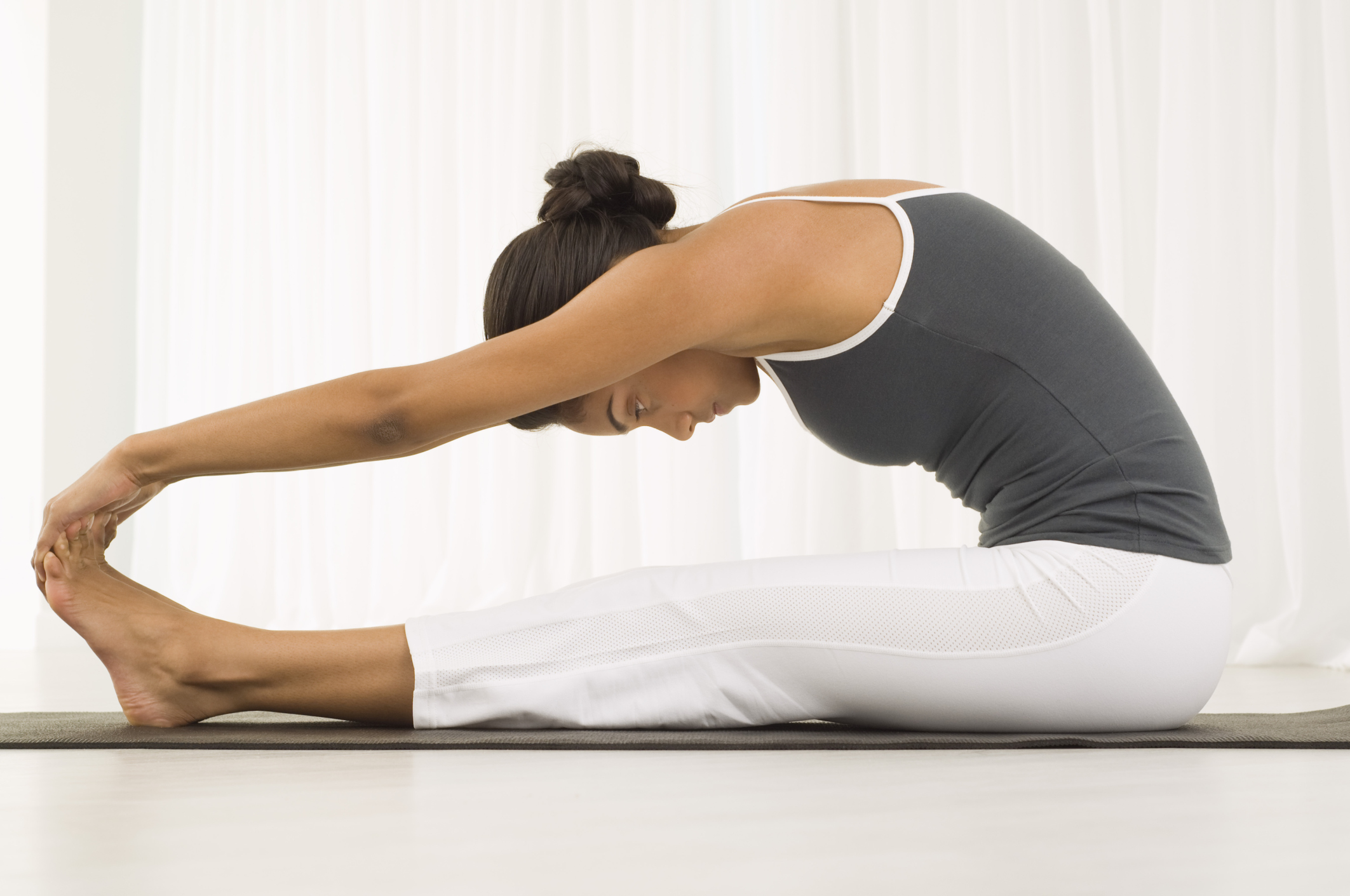
The pike stretch is a staple for increasing hamstring flexibility, which is necessary for cleaner jumps, splits, and leg extension during routines. This stretch also helps improve overall posture and alignment. A Folding Mat (4x6) is ideal for providing a soft, supportive surface during this stretch, allowing you to focus on improving flexibility without discomfort on hard floors.
Benefits:
Stretches hamstrings and lower back
Enhances flexibility for smoother splits and jumps
Improves overall posture and alignment
How to Perform a Pike Stretch:
Sit on the floor with your legs extended straight in front of you.
Reach your arms forward and try to touch your toes, keeping your back as straight as possible.
Hold the stretch for 20-30 seconds, breathing deeply, and try to deepen the stretch as your muscles relax.
Variations:
If touching your toes is too challenging, use a towel or resistance band to pull yourself gently forward.
For a deeper stretch, flex your feet and reach past your toes, or practice folding forward with your chest flat against your legs.
5. Hollow Body Holds for Core Endurance
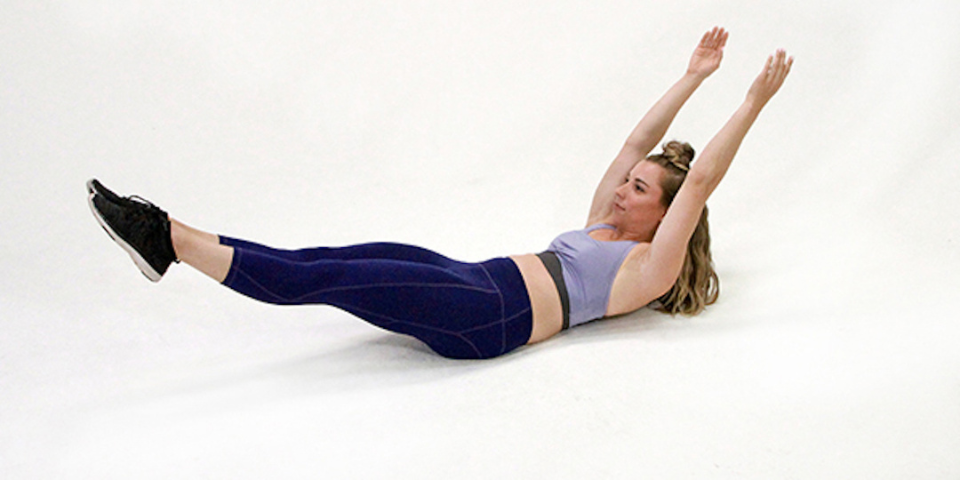
Hollow body holds develop core endurance, an essential component for maintaining tight body shapes in gymnastics, particularly during tumbling and vaulting. This drill teaches body control and alignment, helping you to stay in a strong position throughout your routine. Using a Personal Folding Mat gives you the necessary support for your lower back, ensuring you maintain proper form while preventing injuries.
Benefits:
Strengthens the entire core, including abs and lower back
Improves balance and body control in the air
Builds endurance for longer gymnastics routines
How to Perform a Hollow Body Hold:
Lie on your back with your legs together and arms extended overhead.
Lift your arms, shoulders, and legs off the floor slightly, creating a slight curve in your body (hollow position). Keep your lower back pressed against the ground.
Hold this position for 20-30 seconds, gradually increasing the time as you build strength.
Scaling for Beginners and Advanced Athletes:
Beginners can bend their knees and keep their hands by their sides to make the exercise easier.
Advanced athletes can try rocking gently back and forth in the hollow body position to increase difficulty.
6. Superman Hold for Lower Back Strength
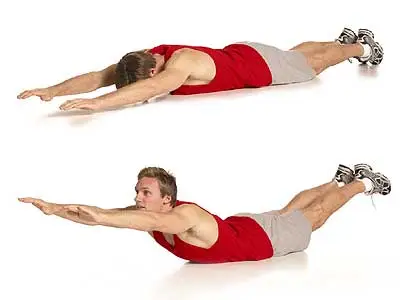
The superman hold strengthens the lower back, glutes, and shoulders, helping to balance core workouts and improve posture. This exercise is especially important for enhancing the back muscles, which are often neglected but crucial for gymnasts. Performing this drill on a Folding Mat (4x8) provides the perfect amount of padding for full-body extension, allowing you to focus on proper engagement of the lower back muscles.
Benefits:
Strengthens the lower back, glutes, and shoulders
Improves balance and posture
Enhances overall body stability
How to Perform a Superman Hold:
Lie face down on the floor with your arms extended in front of you and legs straight.
Simultaneously lift your arms, chest, and legs off the ground as high as possible, engaging your lower back and glutes.
Hold this position for 20-30 seconds, then slowly lower down and repeat.
Common Issues and How to Correct Them:
Avoid straining your neck by keeping your gaze down toward the floor.
Focus on using your lower back and glutes to lift, rather than relying on your arms or legs.
7. Splits for Hip Flexibility
Flexibility in the hips is crucial for gymnasts, and achieving the splits requires consistent stretching and gradual progress. Practicing splits improves range of motion in the legs and hips, which translates into cleaner jumps, leaps, and tumbling. A Personal Folding Mat offers a comfortable surface for holding your stretches, helping to protect your knees and hips as you work on achieving a full split over time.
Benefits:
Enhances hip flexibility and hamstring stretch
Improves leg extension and range of motion
Key for mastering leaps, jumps, and dance movements
How to Achieve a Full Split:
Start in a lunge position with one leg forward and the other leg extended behind you.
Slowly lower your hips toward the ground, sliding your front foot forward as far as possible.
Keep your hips squared to the front and hold the position for 20-30 seconds, gradually working toward a full split.
Daily Routine for Progressing:
Consistency is key. Practice your splits daily, and try to hold each position for longer stretches as your flexibility increases.
Warm up thoroughly before attempting deep stretches to avoid injury.
8. Squat Jumps for Lower Body Power
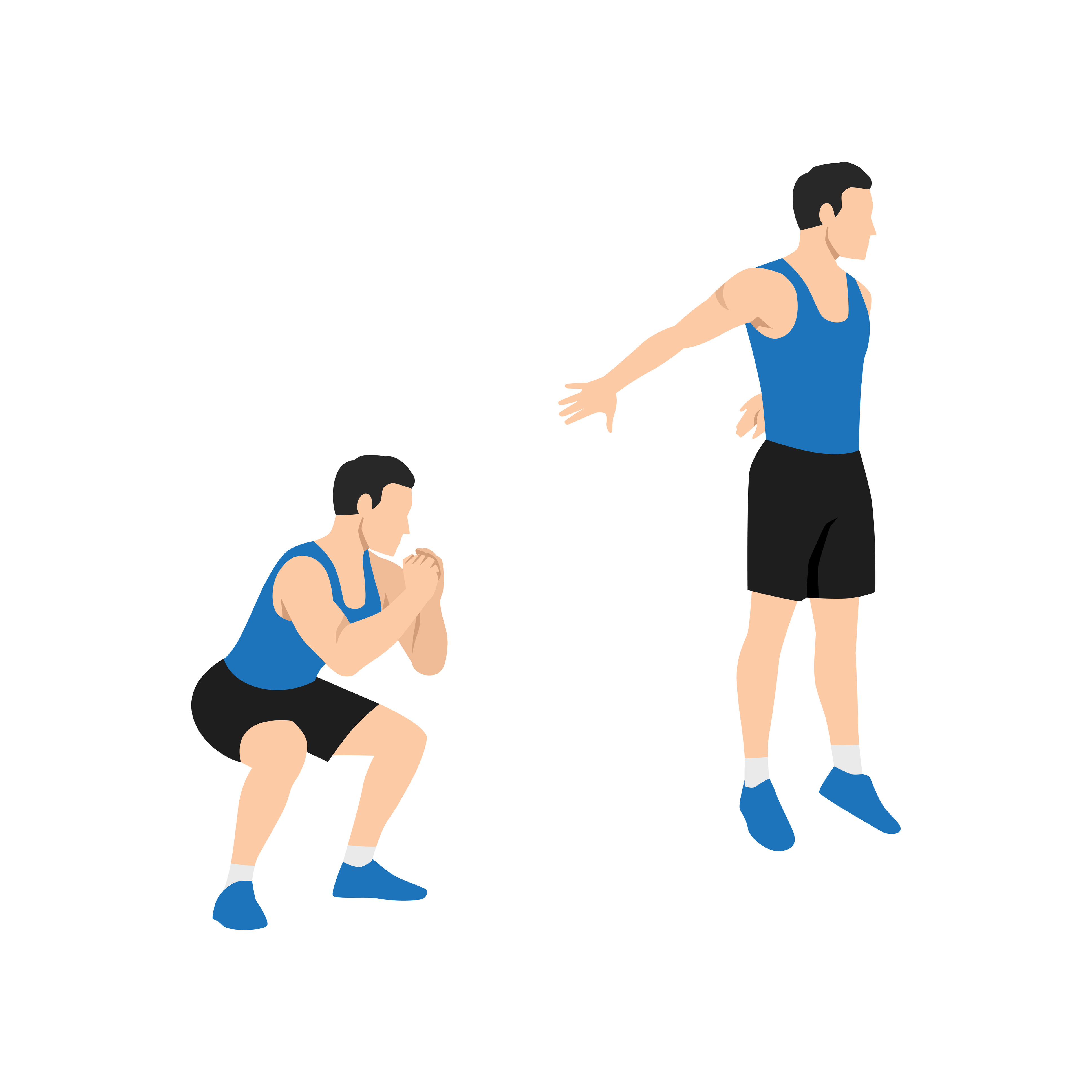
Building lower body power is critical for explosive gymnastics skills, such as vaults and dismounts. Squat jumps target the quads, hamstrings, and glutes, improving leg strength and power. To absorb impact during landing and protect your joints (with the added benefit of working on Balance), performing squat jumps on a Cartwheel Trainer Mat is a smart choice. Its non-slip surface ensures safe landings, while its compact size fits well in home spaces.
Benefits:
Builds explosive strength in the quads, hamstrings, and glutes
Improves vertical leap and jumping mechanics
Strengthens the lower body for tumbling, dismounts, and vaults
How to Perform a Squat Jump:
Start in a standing position with your feet shoulder-width apart.
Lower into a squat position, keeping your chest up and knees behind your toes.
Explosively jump up as high as possible, swinging your arms for momentum.
Land softly and immediately lower back into the squat position to repeat the movement.
How to Integrate Into Your Routine:
Perform 3 sets of 10-15 squat jumps, resting between sets. This exercise can be added to your warm-up or conditioning circuit.
9. Planks for Total Body Stability
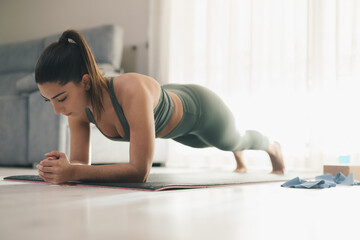
Planks are a full-body exercise that builds strength in the core, shoulders, and legs. This drill helps improve stability and balance, both of which are essential for executing controlled gymnastics movements. The Personal Folding Mat offers just enough cushioning to support your forearms and toes without compromising stability, allowing you to hold planks for longer and with better form.
Benefits:
Strengthens the core, shoulders, and legs
Enhances balance and stability during gymnastics skills
Builds endurance for longer performances
How to Perform a Plank:
Begin in a push-up position, with your forearms on the ground and your body in a straight line from head to heels.
Keep your core tight, hips level, and shoulders over your elbows.
Hold this position for 30 seconds to 1 minute, making sure to maintain proper form throughout.
Types of Planks for Variety:
Side Planks: Strengthen the obliques and improve balance.
Plank with Leg Lift: Increase the challenge by lifting one leg at a time while holding the plank position.
10. Shoulder Flexibility Drills with a Resistance Band
Gymnasts need strong, flexible shoulders for handstands, cartwheels, and many tumbling skills. Using a resistance band to perform shoulder stretches can improve range of motion and reduce injury risk. A Folding Mat (4x8) provides a wide, comfortable surface for shoulder mobility drills, allowing you to stretch fully while protecting your joints from hard surfaces.
Benefits:
Improves shoulder mobility for better overhead positions
Prevents injuries by maintaining flexibility and range of motion
Enhances technique in handstands, tumbling, and bars
How to Use a Resistance Band for Shoulder Flexibility:
Grab a resistance band with both hands, holding it slightly wider than shoulder-width apart.
With your arms straight, slowly lift the band overhead and behind you, stretching your shoulders.
Bring the band back in front of you, keeping control throughout the movement. Repeat for 10-15 reps.
Tips for Avoiding Shoulder Injuries:
Make sure your shoulders are warmed up before doing any stretches.
Don’t overstretch—focus on controlled movements to gently increase flexibility over time.
Conclusion
Incorporating these gymnastics drills into your home workout routine can significantly improve your strength, flexibility, and overall performance. By regularly practicing these exercises, you’ll build a strong foundation for more advanced skills and protect yourself from injury. Remember, consistency is key—start with achievable goals and gradually increase your intensity and duration.
Tracking your progress and staying committed to these exercises will help you see significant improvements in your gymnastics abilities, whether you're working toward mastering handstands, splits, or explosive jumps.
